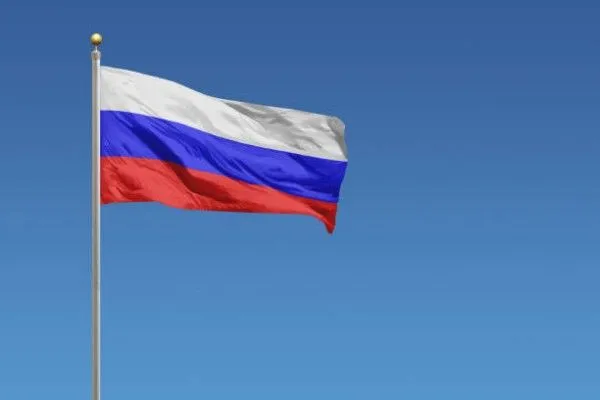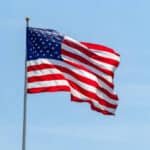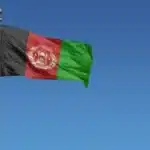Russia, the world’s largest country by landmass, has a long and complex history that spans over a thousand years. From the rise of Kievan Rus to the might of the Soviet Union and the formation of the modern Russian Federation, the nation has undergone immense transformation. This article explores the key milestones in the history of Russia, offering a concise yet comprehensive look into its past.
Early Origins: The Birth of Kievan Rus
The history of Russia begins in the 9th century with the establishment of Kievan Rus, a federation of Slavic tribes under the leadership of the Varangians (Vikings). Founded by Prince Rurik around 862 AD in Novgorod, this early state later shifted its center to Kyiv, now the capital of Ukraine.
Kievan Rus flourished due to its strategic location along trade routes between Scandinavia and the Byzantine Empire. Under Prince Vladimir the Great, the state adopted Christianity in 988, aligning itself culturally and religiously with Byzantium and laying the foundation for the Russian Orthodox Church.
Mongol Invasion and the Rise of Moscow
Kievan Rus began to decline in the 12th century, fragmented by internal rivalries and weakened by external threats. The most significant blow came with the Mongol invasion in the 13th century, which devastated many Russian cities. The Mongols, known as the Golden Horde, ruled over Russian lands for over two centuries, demanding tribute but allowing local princes to govern.
During this time, the city of Moscow began to rise in importance. By the 14th century, it became a dominant power under Prince Ivan I, who gained favor with the Mongols and collected tribute on their behalf. Eventually, Moscow would lead the resistance against Mongol rule, culminating in the Battle of Kulikovo in 1380 and the decline of Mongol influence.
The Tsardom of Russia and Imperial Expansion
In 1547, Ivan IV, known as Ivan the Terrible, became the first ruler to be crowned Tsar of All Russia. His reign marked the beginning of the Tsardom of Russia, a centralized autocratic state. While Ivan expanded Russian territory significantly, his later years were marred by paranoia and brutality.
The Romanov dynasty came to power in 1613 after the Time of Troubles—a period of political instability and foreign intervention. Under Romanov rule, Russia transformed into a powerful empire. Peter the Great (1682–1725) modernized Russia by westernizing its institutions and moving the capital to St. Petersburg. His successors, particularly Catherine the Great, continued expanding the empire through wars and diplomacy.
By the 19th century, Russia had become one of the largest empires in the world, stretching from Eastern Europe to the Pacific Ocean.
Revolution and the Fall of the Tsars
Despite its imperial power, Russia faced significant internal issues. The majority of the population were serfs, living in poverty, while the aristocracy enjoyed immense privilege. Efforts to reform were either too slow or met with resistance.
The situation worsened during World War I, as military failures and economic hardship plagued the nation. In 1917, two revolutions occurred:
1. February Revolution – Forced Tsar Nicholas II to abdicate, ending centuries of Romanov rule.
2. October Revolution – Led by Vladimir Lenin and the Bolsheviks, this revolution overthrew the provisional government and established a communist regime.
The Soviet Union: A Superpower is Born
Following a bloody civil war (1917–1922), the Union of Soviet Socialist Republics (USSR) was officially formed in 1922. Under Lenin and later Joseph Stalin, the Soviet Union transformed into a totalitarian state. Stalin’s policies of rapid industrialization and collectivization came at the cost of millions of lives due to famine, purges, and forced labor camps.
Despite internal repression, the USSR played a crucial role in defeating Nazi Germany during World War II, emerging as one of the two global superpowers in the post-war world. This led to the Cold War, a prolonged period of political and ideological rivalry with the United States.
The Soviet era saw tremendous scientific and military advancements, including the launch of the first satellite, Sputnik, and the first human in space, Yuri Gagarin. However, the rigid planned economy and lack of political freedom eventually led to stagnation.
Collapse of the Soviet Union
By the 1980s, the Soviet Union was in crisis. Under Mikhail Gorbachev, reforms such as glasnost (openness) and perestroika (restructuring) aimed to revitalize the system but instead hastened its collapse.
In 1991, after a failed coup and growing independence movements among Soviet republics, the USSR officially dissolved, and Russia became an independent country once more.
The Russian Federation: Post-Soviet Challenges and Modern Era
The 1990s were a tumultuous time for the newly formed Russian Federation. Under Boris Yeltsin, the country faced economic hardship, rampant inflation, and political instability. However, it transitioned from a planned economy to a more market-oriented system.
In 2000, Vladimir Putin became president and has remained a central figure in Russian politics ever since. Under Putin, Russia has pursued a more assertive foreign policy, reasserting itself on the world stage, notably through its involvement in Ukraine, Syria, and its strained relations with the West.
While Russia has seen economic growth and increased global influence, challenges remain—particularly with regard to political freedoms, economic inequality, and international sanctions.
Conclusion: A Nation of Resilience and Complexity
The history of Russia is a story of resilience, reinvention, and vast contrasts. From the ancient lands of Kievan Rus to the expansive empire of the Tsars, through revolution and global superpower status, to the modern federation navigating the complexities of the 21st century—Russia continues to be a key player in world affairs.
As we look to the future, understanding Russia’s past remains crucial to comprehending its present actions and global influence.


